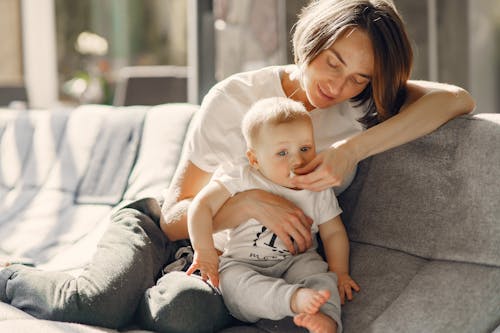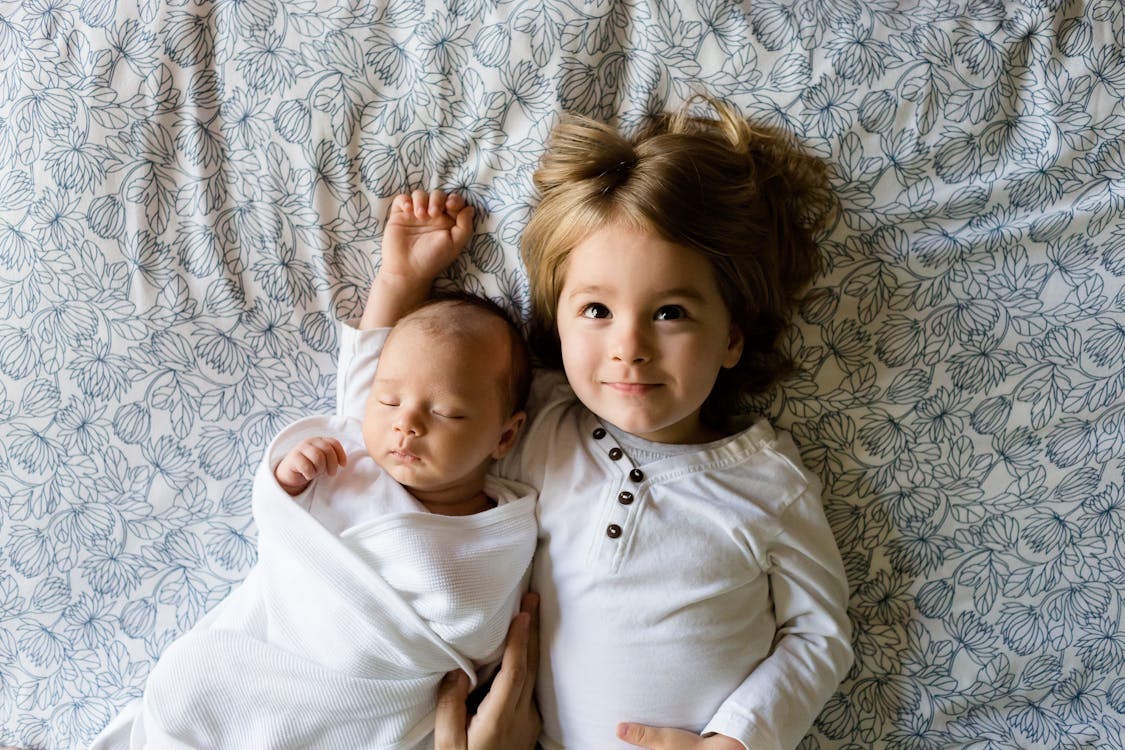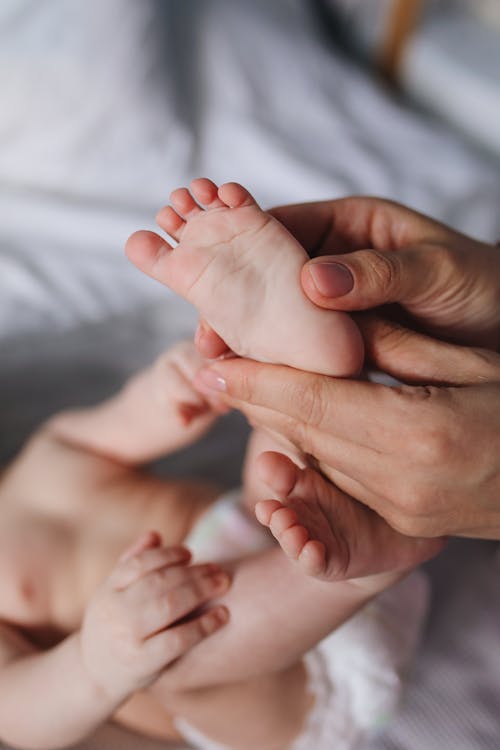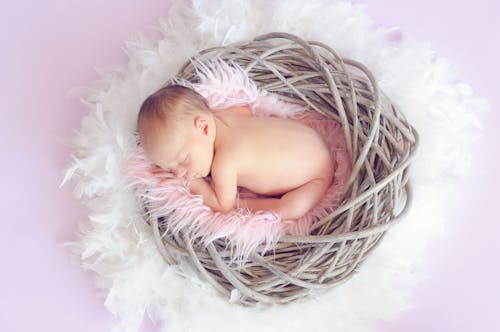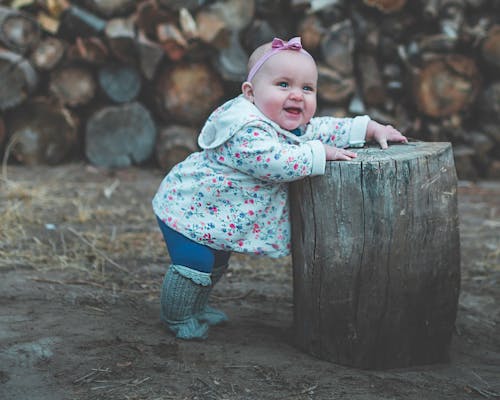Nutritious Bites For My First Baby
 |
Children certainly cannot live on milk alone. Even though it is necessary to feed your little one with milk for the first few months of life, you should also think about solid foods after the child shows some signs of readiness. By reading the books of My First Baby or surfing the internet, you can find out about the various signs of digestive system preparations.
Cooking for your child is very much like cooking when you grow up. The only difference is preparing baby food for extra care and care in the preparation and handling of ingredients.
Pre-cooking basics
As a rule, you must wash your hands with soap and lukewarm water before preparing food for your children. Be sure to dry them using a clean towel before touching any of the ingredients. Like, you have to wash your cooking utensils well in advance.
Material preparation
Fruit / Vegetable - Wash, peel, and chop fruits and vegetables before cooking. Also, if you see that remove the stones and seeds.
Fish - Take out bones, fat, and other hard parts before cooking. Once the fish is done, move it to bits and clear away any remaining scars of skin and bones.
Meat - Cut all fat before cooking. Once the meat is done, cut it into small portions. Don't forget to get rid of any bone and other hard bits.
Cooking Baby Food
Fruits / Vegetables - All types of fruits and vegetables should be cooked before feeding your little one, except bananas and avocados. You have the option to microwave, boil, or steam them. Some varieties of fruits (such as pears or apples) can also be cooked in the oven. Nonetheless, steam cooking is the most excellent option as it preserves a high amount of nutrients.
If you don't own a steam-cooker, don't bother about it. Microwave cooking and boiling are fine options as long as you keep the water to bare minimum and try not to overcook or reduce the food.
For carrots, turnips, spinach, and beets, you should boil them all the time instead of using a microwave or steam-cooker. These vegetables usually contain potentially harmful nitrates that are largely removed during boiling.
Meat and Fish - You can like them either way. Just check that they are done well and you take out all the fat and hard bits before serving. If you want to roast or roast meat or fish, aim to avoid adding to the fat or at least keep it to a minimum. Also, keep in mind that it is not necessary to include any sugar, fat, or salt in your children's food.
To suggest
If you have food, use a mashing fork or food blender to mix it to its appropriate texture. If your baby is still in the early stages of consuming solids, the food should be completely liquefied. As his tolerance for solid food increases, you can gradually transition to a slightly thicker and chicken serving. Needless to say, you need to give yourself a little time to adjust to each stage of progress.
If you have cooking water, you can add something to make the food smooth or moist. Keep in mind that your children's mouth is more receptive to heat than yours. Therefore, the baby's food should be warm, not warm.
To sum it all up, the two most important tips to remember when cooking food for your youngest are: (1) Do not prepare any food that is not suitable according to his age and (2) see it That he/she is capable of withstanding food stability. Everything else is just plain cooking. Now all you have to do is grab my first baby food recipe so that you can start practicing for your most precious.

